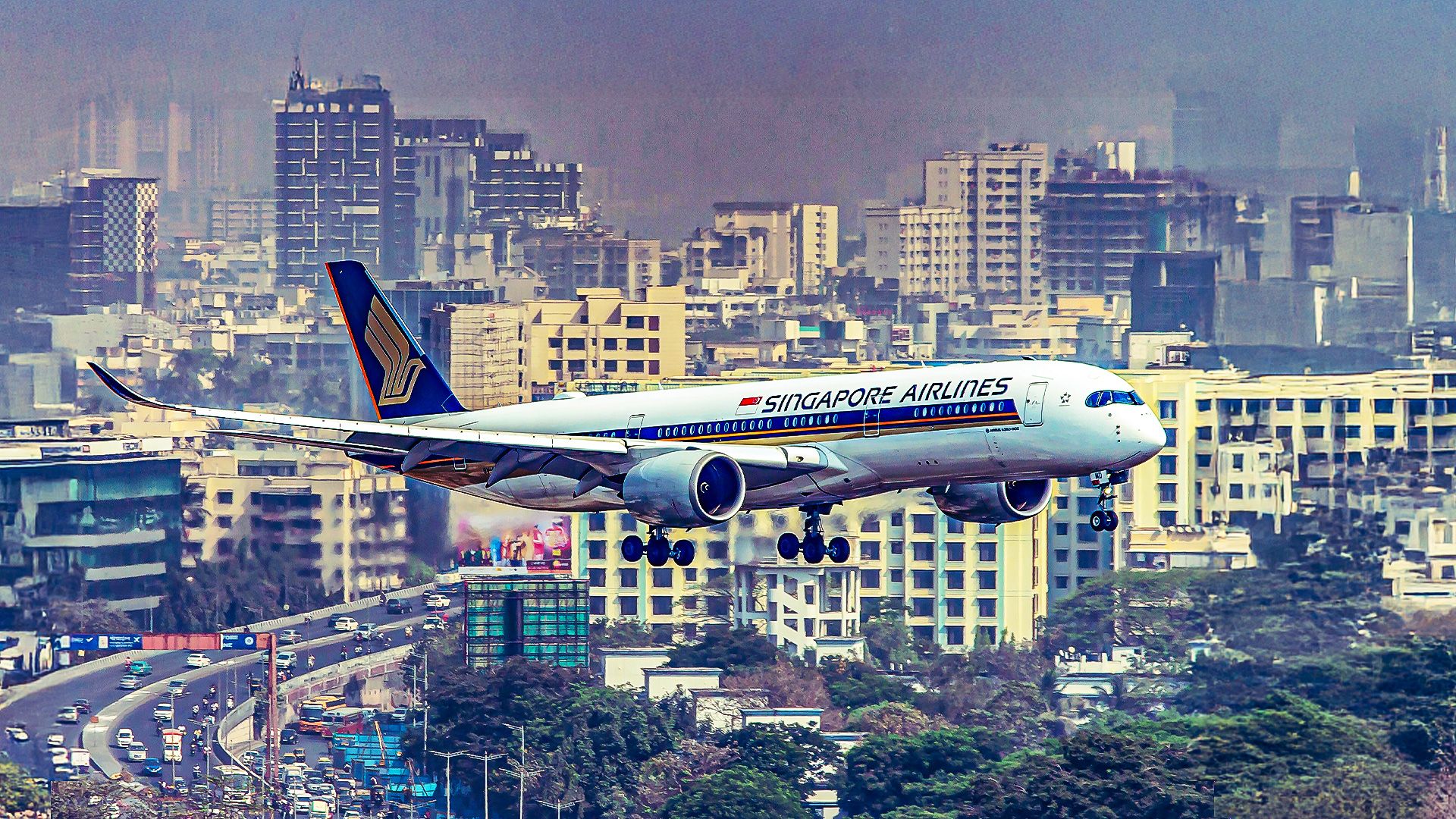Ultra-long-haul flights are reshaping the global aviation landscape, with eight key airlines leading the charge in this specialized segment. Defined by services exceeding 8,000 nautical miles and lasting more than 15 hours, these flights present significant operational challenges and opportunities. Airlines utilize these routes for various strategic reasons, including enhancing connections between major financial centers, catering to diaspora needs, and attracting high-yield premium traffic that prefers direct services over layovers.
Understanding the Ultra-Long-Haul Market
Recent analysis by aviation analytics firm Cirium highlights the competitive dynamics of ultra-long-haul services. Notable aircraft, such as the Airbus A350-900ULR and Boeing 787-9, have made these ambitious routes feasible. These next-generation aircraft not only offer extended range but also enhance passenger comfort through lower cabin altitude and improved humidity levels.
The operational complexities behind ultra-long-haul flights are considerable. Airlines must navigate polar routings, manage crew logistics, and adhere to strict fatigue regulations. The introduction of these flights can significantly alter airline route networks, allowing carriers to unlock new markets and reposition themselves in the competitive landscape.
Leading Airlines in Ultra-Long-Haul Operations
The analysis reveals that Singapore Airlines is at the forefront of ultra-long-haul operations, offering multiple nonstop routes, including the longest flight in the world from New York’s John F. Kennedy International Airport (JFK) to Singapore, covering approximately 9,400 miles (15,261 km). In addition, United Airlines competes on key trunk routes such as San Francisco International Airport (SFO) to Singapore, where both airlines operate a substantial number of flights.
In the Gulf region, Emirates and Qatar Airways dominate ultra-long-haul routes across the South Indian Ocean, with flights exceeding 8,800 miles (14,175 km) and offering significant passenger capacity. Qantas utilizes its ultra-long-haul capabilities to bypass traditional hubs, connecting Auckland to New York and Perth to London on routes that also surpass 8,800 miles.
The following table summarizes the highest-frequency ultra-long-haul routes:
Route: Operator: Number of Monthly Flights:
SIN-SFO Singapore Airlines 60
SIN-SFO United Airlines 60
SIN-LAX Singapore Airlines 43
The introduction of light-gauge ultra-long-haul aircraft has changed the service landscape. New connections from Houston’s George Bush Intercontinental Airport (IAH) to Sydney International Airport (SYD) and nonstop services from Manila to JFK demonstrate the evolving nature of ultra-long-haul operations.
Key takeaways from the analysis indicate that fleet specialization and hub geography drive leadership in this market. Singapore Airlines leads with four distinct ultra-long-haul city pairs, maintaining lower seat counts per flight and focusing on reliability. In contrast, Emirates and Qatar Airways leverage larger aircraft to concentrate capacity on fewer routes.
Risks and Challenges of Ultra-Long-Haul Flights
Launching an ultra-long-haul route comes with significant risks. The economics of these flights necessitate high breakeven load factors due to increased fuel consumption, crew costs, and operational challenges. Severe weather can impose weight restrictions, complicating cargo planning and profitability. Demand risk primarily impacts premium cabins, where corporate contracts play a critical role in revenue generation.
From an operational perspective, delays can have a cascading effect, impacting multiple flights and stretching recovery margins. Limited alternative routes and strict regulations regarding crew fatigue add layers of complexity to flight management. Airlines must also contend with fuel price volatility and environmental scrutiny, which can affect public perception and operational sustainability.
The eight airlines identified in the analysis—Singapore Airlines, Qantas, Emirates, Qatar Airways, Air New Zealand, Philippine Airlines, United Airlines, and Delta Air Lines—are all navigating these challenges while vying for dominance in the ultra-long-haul market.
Ultimately, ultra-long-haul flights represent a unique service model that offers legacy carriers increased flexibility. Airlines like Singapore Airlines and Emirates have positioned these routes as essential components of their global networks. Catering to high-frequency, high-yield corporate travelers, these flights generate significant revenue and foster customer loyalty, driving airlines to invest in the logistical complexities of ultra-long-haul aviation.







